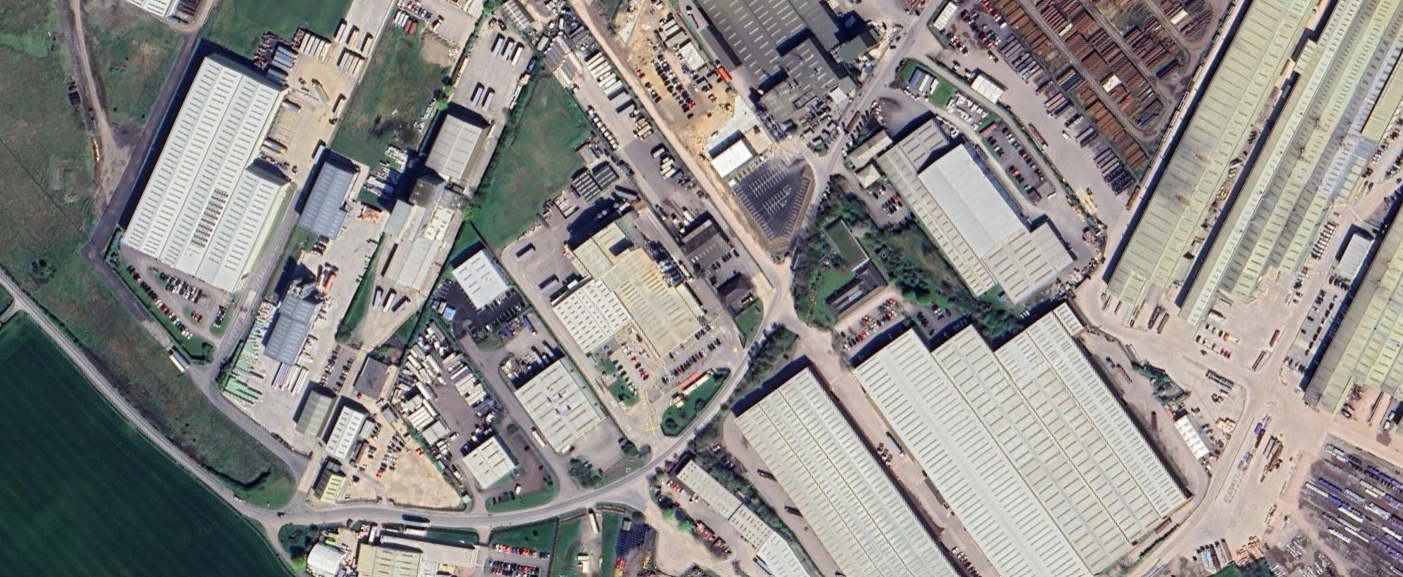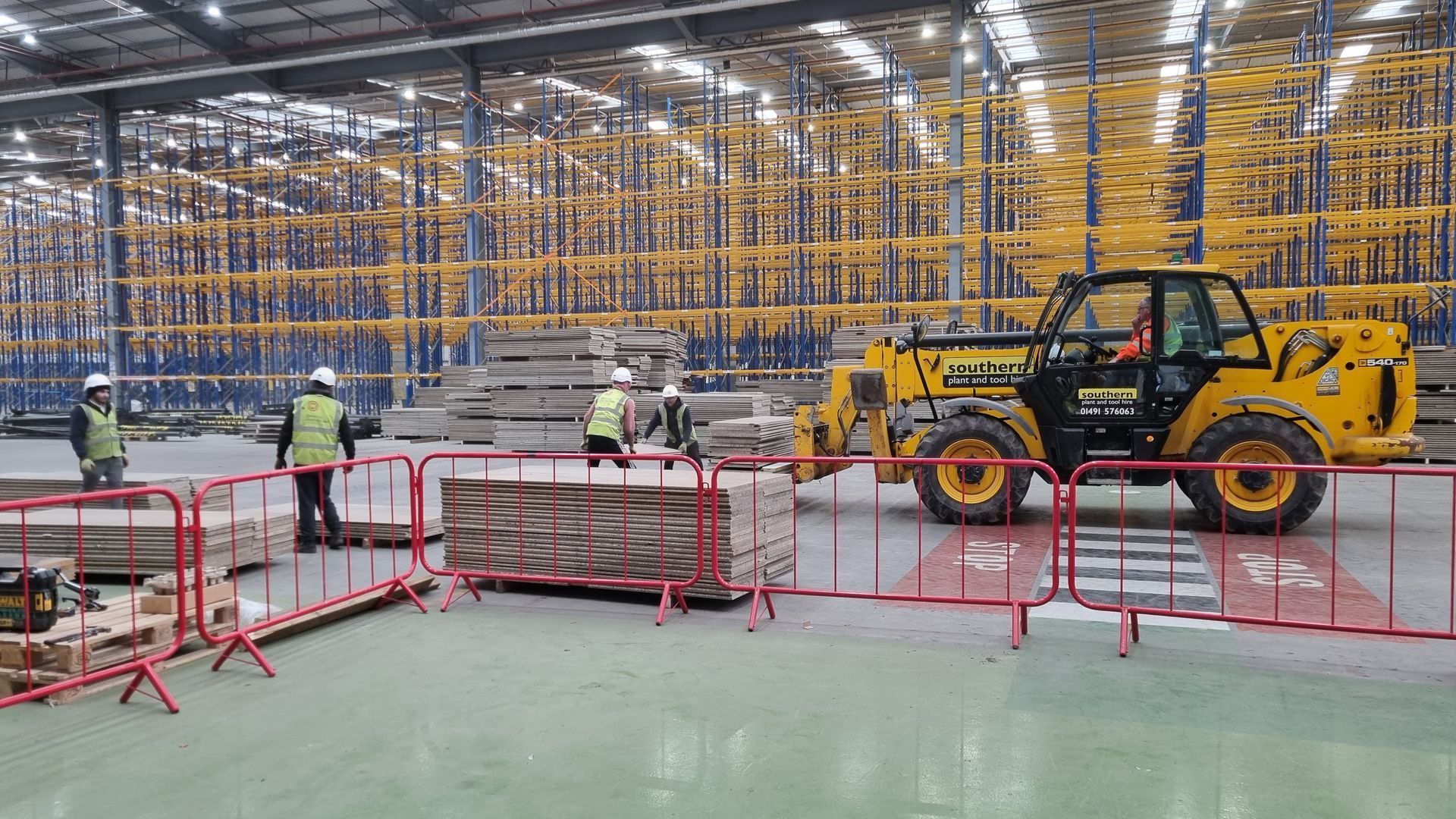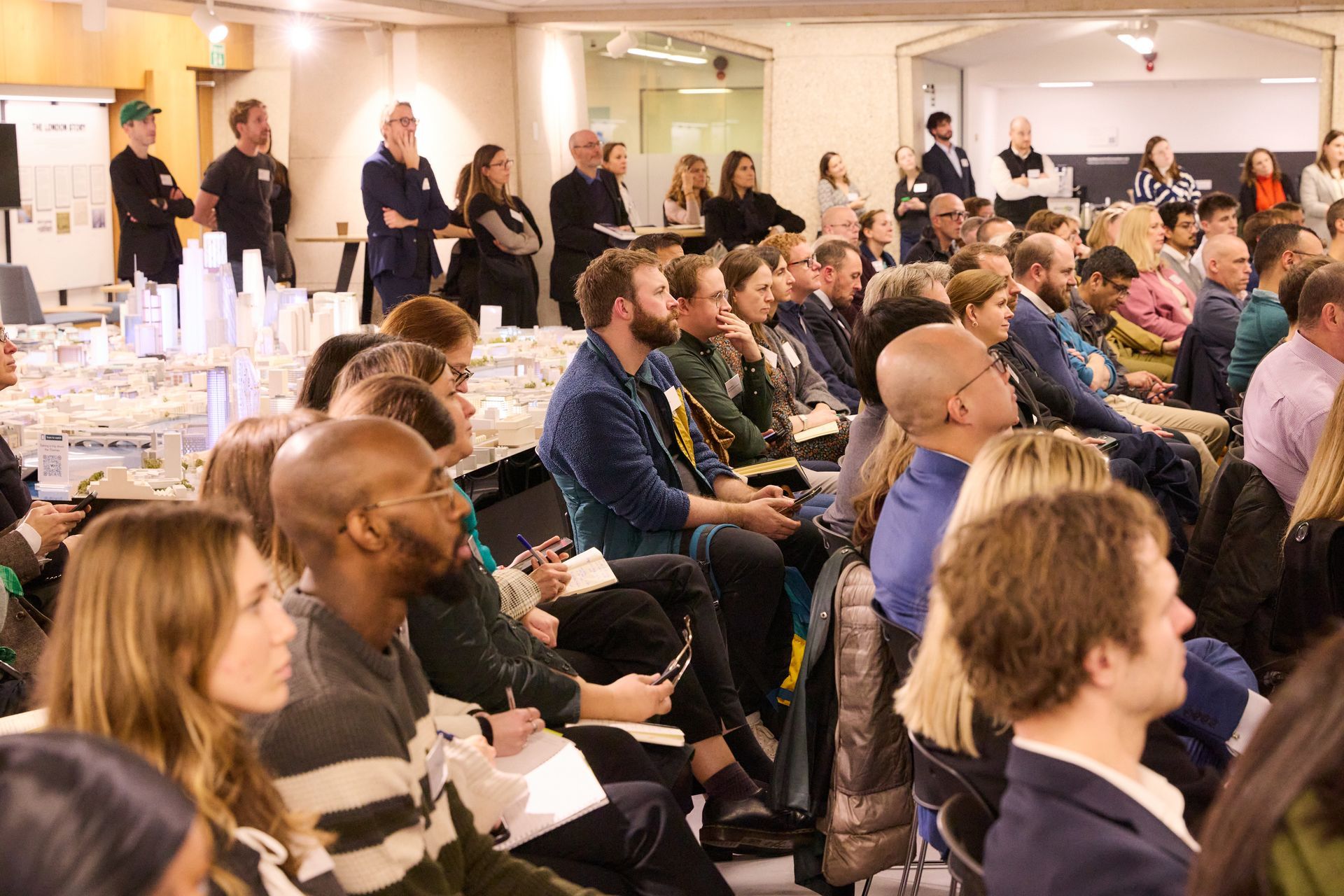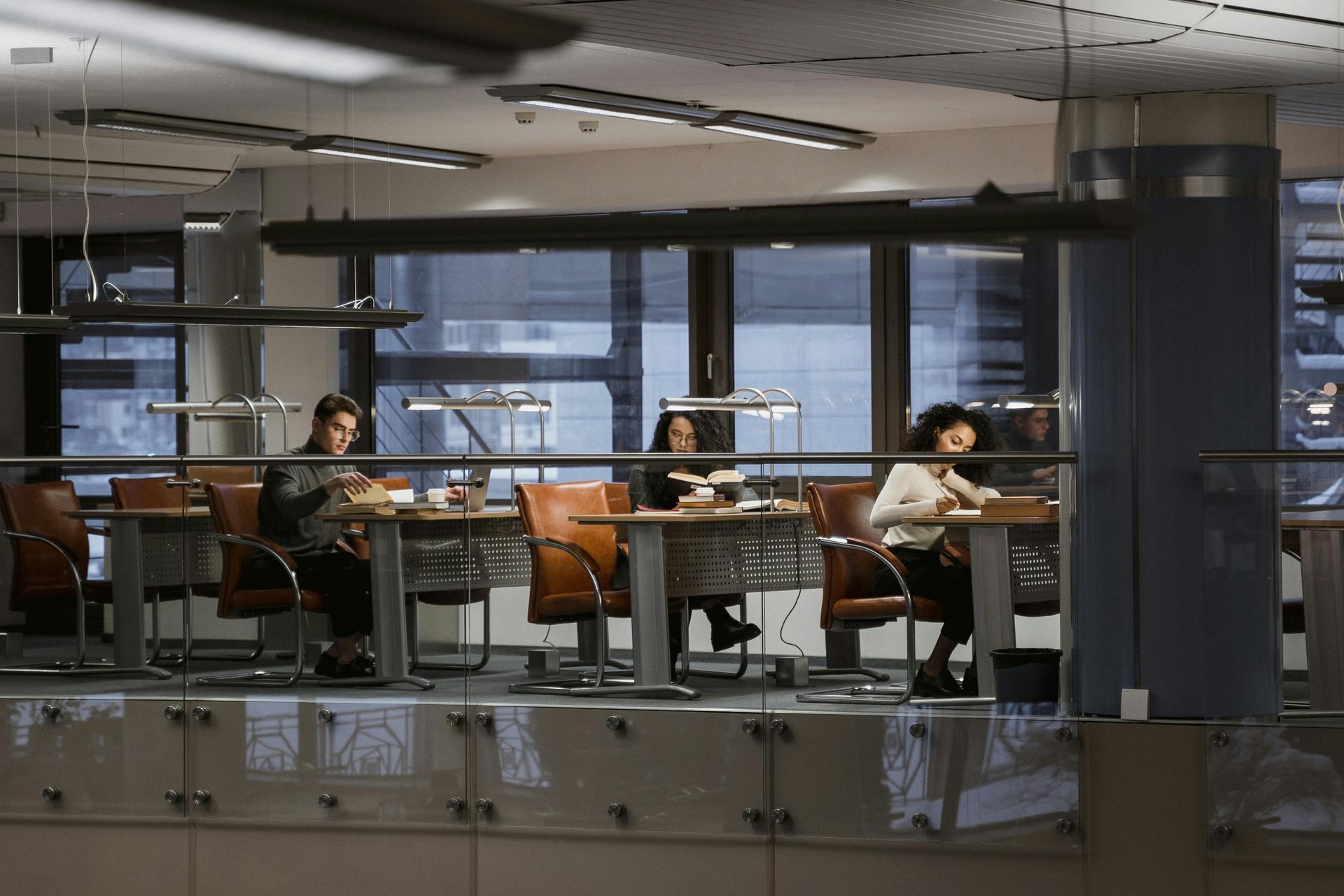Demolition v Refurbishment in Social Housing – What’s the Carbon Cost?
With the growing focus on circular economy and embodied carbon, the social housing sector is increasingly recognising that site redevelopment decisions are extremely important for sustainability, especially for reducing carbon. Reclamation of building materials can significantly reduce the amount of embodied carbon in the new projects that utilise them. But how do you know the carbon cost of demolition, and the relative cost when compared to refurbishment?
Social housing providers are being driven towards enhanced measurement and reporting of circularity and carbon by a number of factors. Firstly, there has been policy development in several UK regions that calls for the measurement of reclamation and recovery potential and embodied carbon during projects. In London for instance, Circular Economy Statements must now be submitted for any referable projects (i.e. projects of a certain scale that must be approved by the Mayor’s office), requiring that a pre-demolition audit is undertaken.
These must be submitted alongside Whole Life Carbon Assessments, which may include the embodied carbon avoided through the reuse and recycling of demolition arisings. Moreover, there is a requirement for a pre-redevelopment audit whereby justification for demolition of buildings is required. In Wales, the draft Welsh Housing Quality Standard would require that “Landlords should… compare embodied and operational carbon in the proposal for retrofitting homes, as opposed to a proposal for demolishing and redeveloping homes”.
Many organisations, including social housing providers, have also now set targets relating to carbon, net zero and circular economy as part of their ESG efforts, often covering scope 3 emissions which includes the emissions through the value chain (and therefore associated with construction material usage, reclamation, waste, and disposal). Assessment and reporting standards are increasingly used by social housing providers to monitor performance, such as the Housing Quality Mark (HQM) at the level of individual projects and assets, or SHIFT and the Sustainability Reporting Standard for Social Housing (SRS) at the organisation level.
In general, therefore, the sector is moving towards increased reporting and transparency, requiring better and better tools for capturing, analysing, interpreting, and presenting data. However this is where a greater need arises to calculate a building's composition, and its reclamation and recycling potential.
Without this information, a social housing provider’s performance (or potential performance) on carbon emissions and circular use of materials cannot be fully quantified, and ambitious targets cannot be set and monitored.
Reusefully, together with partners Sustenic, Salvo and Cambridge Sustainable Design, are working on an Innovate UK project entitled ‘PreaDeM – the Pre-Demolition Environmental Assessment and Decision Making Platform’. This project is funded by Innovate UK under the NICER programme, which aims to encourage innovation in circular economy thinking.
The PreaDeM team are currently developing a specification for a tool (or more likely a toolkit) which will provide a rapid assessment of the reuse potential in a dwelling, and the carbon impact of refurbishment as opposed to demolition.
The focus is on developing something that is easy-to-use, and begins with a desk-based study to make use of publicly available data, such as data from Ordnance Survey or Google Streetview for example. it also needs to make best use of information that is built in on typical building and social housing typologies.
The project is looking to set out the specific data requirements and data capture methodologies to standardise the various stages (from desk study to site visit to analysis and reporting), and investigating the potential for innovative tools and technologies to streamline data capture, analysis and reporting. We are also looking at how a tool could be used by different ‘user groups’ such as the assessors who carry out pre-demolition audits on behalf of social housing providers. There could also be potential for housing providers themselves to use the tool for a quick circular economy and embodied carbon assessment of their assets.
The intention with this is to obtain a rapid and high-level insight, which in some cases might provide enough information to avoid a potentially time consuming and costly site visit and audit.
Data collection templates are currently being trialled on a number of ‘live’ projects of social housing projects up and down the UK. A basic data analysis protocol has been developed, which involves a standard method of aggregating data from the data collection template, carrying out analytics (including reclamation and recycling potential evaluation and embodied carbon analysis), and presenting the findings in an easy-to-interpret reporting format in the form of tables and graphs that can be inserted into a client report.
If you would like to find out more about the PreaDeM project, or are a social housing provider who would be interested in trialling the tool, please get in touch via the Contact form above.



Digital Meets Deconstruction : Maconda and Reusefully Unite to Drive Circular Construction in London



